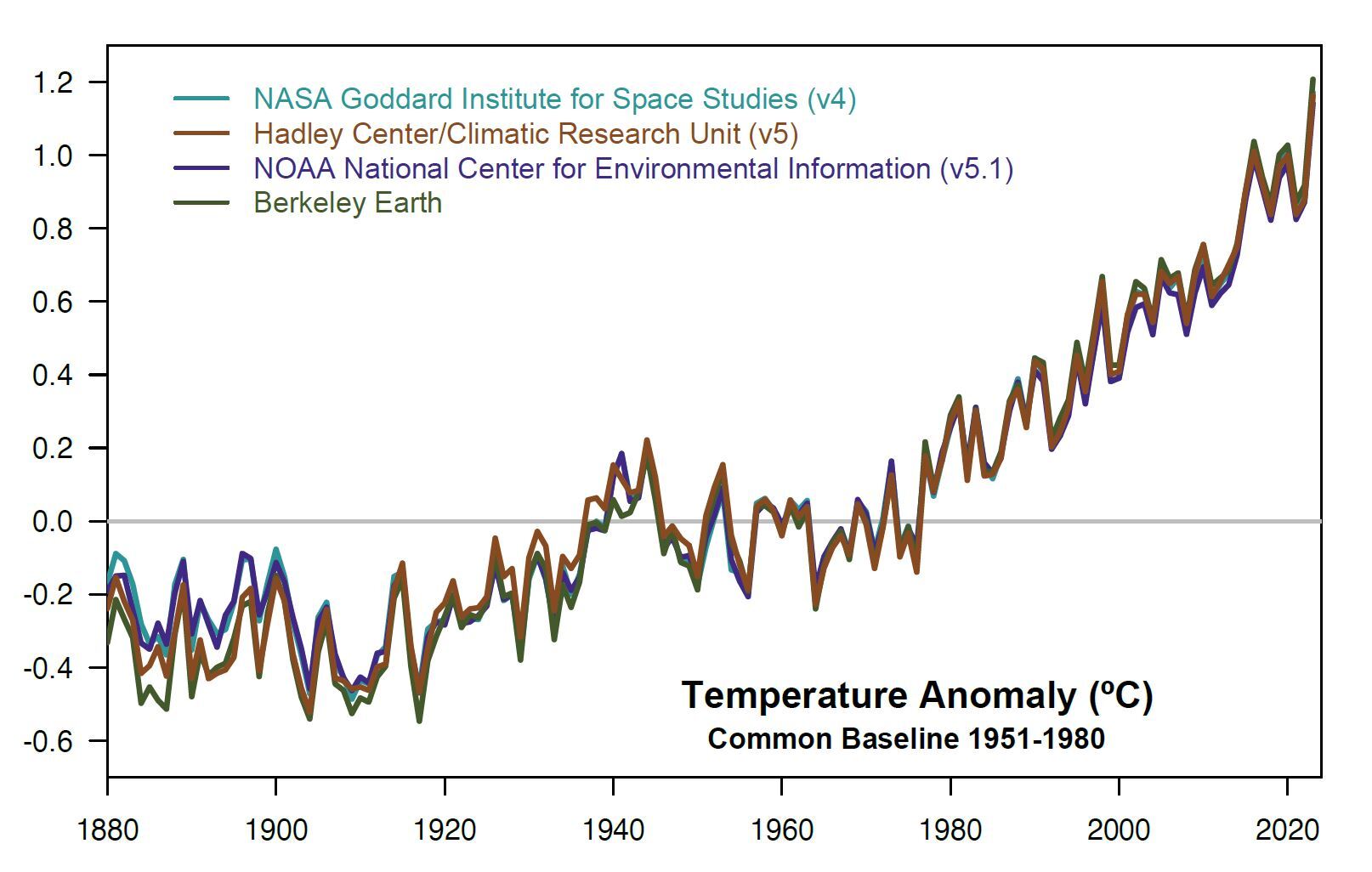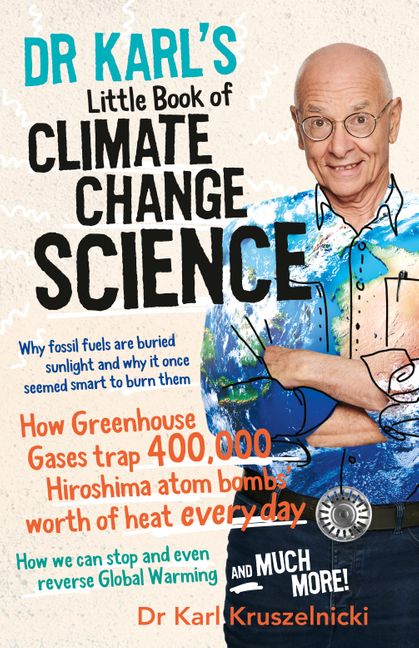Report on Aviation’s Climate Impact and Alignment with Sustainable Development Goals
Introduction: The Aviation Dilemma in the Context of Global Sustainability
The growing environmental consciousness surrounding air travel presents a significant challenge to achieving global sustainability targets. This report analyzes the climate impact of aviation, critically evaluates proposed mitigation strategies, and aligns these findings with the United Nations’ Sustainable Development Goals (SDGs). The primary focus is on identifying realistic opportunities to reduce aviation’s contribution to global warming, thereby supporting the objectives of SDG 13 (Climate Action).
Critical Evaluation of Decarbonisation Strategies and SDG Conflicts
Several technological solutions have been proposed to decarbonise the aviation sector. However, a critical analysis reveals significant limitations and conflicts with key SDGs, including those related to energy, food security, and land use.
Sustainable Aviation Fuels (SAFs): A Misnomer with Limited Viability
The term “Sustainable Aviation Fuel” is misleading, as current production methods are not scalable or sustainable and present direct conflicts with multiple SDGs.
- Waste-Based Biofuels: Fuels derived from waste products like used cooking oil are often cited as a solution. However, their potential is severely limited. The total global supply of waste cooking oil could only satisfy 2-3% of current aviation fuel demand, making it an insufficient solution that does not align with the scale required for SDG 12 (Responsible Consumption and Production).
- Synthetic Fuels (E-fuels): These fuels are produced using captured carbon dioxide and renewable electricity. The process is highly energy-inefficient, requiring at least two units of renewable electricity to generate one unit of fuel energy. This represents a poor allocation of limited renewable resources, undermining progress towards SDG 7 (Affordable and Clean Energy).
- Crop-Based Biofuels: Creating fuel from dedicated energy crops places immense pressure on agricultural land. This approach directly competes with food production, threatening SDG 2 (Zero Hunger), and drives deforestation and biodiversity loss, which is contrary to the aims of SDG 15 (Life on Land).
Electrification and Hydrogen: Long-Term Hurdles for SDG 9 (Industry, Innovation, and Infrastructure)
While promising in theory, electrification and hydrogen propulsion face fundamental physical and logistical challenges that limit their near-term applicability, particularly for long-haul flights.
- Electrification: The low energy density of current battery technology makes electric propulsion feasible only for short-haul flights. The weight of batteries required for long-haul travel is prohibitive, indicating that this innovation does not yet provide the sustainable infrastructure needed under SDG 9.
- Hydrogen Fuel: Hydrogen’s low volumetric density, even when highly compressed, requires large, heavy, and pressurised storage tanks. This significantly reduces the space available for passengers and cargo, making it an impractical alternative to energy-dense liquid fuels for long-distance aviation.
A Strategic Opportunity for Climate Action: Contrail Management
A significant but often overlooked opportunity exists to drastically reduce aviation’s climate impact through the strategic management of condensation trails (contrails). This approach offers a cost-effective and immediately deployable solution that strongly supports SDG 13 (Climate Action).
The Disproportionate Climate Impact of Contrails
Scientific analysis indicates that contrails are responsible for over 60% of the total climate warming effect from aviation. These ice-crystal clouds act as a blanket, trapping heat radiating from the Earth’s surface. While they can have a minor cooling effect by reflecting sunlight during the day, their net warming effect, especially at night, is substantial.
A Viable Solution Aligned with SDG 9, SDG 13, and SDG 17
It is possible to mitigate the majority of contrail-induced warming through targeted operational adjustments, representing a key innovation in line with SDG 9.
- Targeted Flight Path Adjustments: By making minor altitude or route adjustments to avoid specific atmospheric regions of high humidity and low temperature, aircraft can prevent the formation of the most harmful, long-lasting contrails.
- High-Impact, Low-Cost Intervention: Research shows that adjusting just 1.7% of all flight paths could reduce the net warming impact from contrails by nearly 60%. This requires integrating real-time weather modelling into flight planning systems, a technologically feasible and relatively low-cost solution.
- A Call for Partnership: The successful implementation of contrail management necessitates collaboration between airlines, air traffic control authorities, and meteorological services, embodying the spirit of SDG 17 (Partnerships for the Goals).
While this strategy does not eliminate the climate impact of CO2 emissions, it represents the most significant and actionable step the aviation industry can take in the short term to advance SDG 13.
Analysis of Sustainable Development Goals in the Article
1. Which SDGs are addressed or connected to the issues highlighted in the article?
-
SDG 13: Climate Action
The article is fundamentally about mitigating the climate impact of aviation. It discusses the contribution of flying to global warming, specifically mentioning CO2 and the significant warming effect of contrails, which “account for over 60 per cent of the climate change impact of all our flights.” The entire piece focuses on strategies to reduce this impact.
-
SDG 9: Industry, Innovation and Infrastructure
The article explores various technological solutions and innovations aimed at making the aviation industry more sustainable. It evaluates the feasibility of sustainable aviation fuels (SAF), electrification, hydrogen fuel, and proposes contrail management through “real-time modelling built into the flight path calculation” as a key innovation.
-
SDG 7: Affordable and Clean Energy
The text directly addresses energy sources and efficiency. It critiques synthetic SAF for being an “inefficient” use of renewable power, stating it requires “at least 2 kilowatt-hours of electricity input per 1 kWh of fuel generated.” This highlights the challenge of allocating limited renewable energy resources effectively.
-
SDG 12: Responsible Consumption and Production
The article discusses the lifecycle and resource use of different fuels. It points out the limitations of SAF from waste products like cooking oil, noting the global supply “would be enough to power only 2 to 3 per cent of flights.” This relates to the sustainable management and efficient use of resources.
-
SDG 2: Zero Hunger
The article connects aviation fuel production to food security. It warns that creating SAF from crops “puts… detrimental pressure on our food system,” raising concerns about competition for agricultural land that could otherwise be used for food production.
-
SDG 15: Life on Land
The use of crops for SAF is also linked to environmental health. The article states that this method puts “detrimental pressure… on nature” by requiring “a lot of farmland,” which implies potential impacts on ecosystems and biodiversity due to land-use change.
2. What specific targets under those SDGs can be identified based on the article’s content?
-
Target 13.2: Integrate climate change measures into policies and planning.
The article advocates for integrating climate mitigation strategies directly into aviation industry operations. The proposal to manage contrails by making “small tweaks to flight paths” is a clear example of a climate change measure that needs to be integrated into the planning and policies of airlines and air traffic control.
-
Target 9.4: Upgrade infrastructure and retrofit industries for sustainability.
The discussion revolves around retrofitting the aviation industry with cleaner technologies and processes. The article analyzes options like electrification, hydrogen fuel, and SAF, and strongly promotes contrail management as a practical, “relatively cheap solution” to upgrade the industry’s environmental performance without needing entirely new aircraft.
-
Target 7.3: Double the global rate of improvement in energy efficiency.
The article implicitly addresses this target by highlighting the inefficiency of certain proposed solutions. The critique of synthetic SAF, which involves a process that is “so inefficient,” underscores the importance of pursuing energy-efficient pathways to decarbonization.
-
Target 12.2: Achieve the sustainable management and efficient use of natural resources.
This target is relevant to the article’s assessment of SAF sources. It points out the severe resource limitations of using waste cooking oil and the unsustainable pressure that crop-based biofuels place on farmland and food systems, thereby calling for more efficient and sustainable resource management.
-
Target 2.4: Ensure sustainable food production systems.
The article directly connects to this target by warning against the use of crop-based SAF. It argues that this approach undermines sustainable food systems by creating “detrimental pressure” on them, highlighting the need to avoid solutions that solve one problem by creating another in the food sector.
3. Are there any indicators mentioned or implied in the article that can be used to measure progress towards the identified targets?
-
Indicator for Climate Impact Reduction (Relates to Target 13.2):
The article provides a specific metric for the impact of contrails, stating they “account for over 60 per cent of the climate change impact of all our flights.” Progress could be measured by the reduction in this percentage over time.
-
Indicator for Contrail Management Effectiveness (Relates to Target 9.4):
A quantifiable indicator for the proposed solution is provided: “Small tweaks to just 1.7 per cent of all flight paths could have the effect of cutting the contrail warming impact by nearly 60 per cent.” Progress can be measured by the percentage of flights implementing contrail avoidance and the resulting reduction in warming impact.
-
Indicator for Resource Limitation (Relates to Target 12.2):
The article states that “the whole world’s waste cooking oil supply would be enough to power only 2 to 3 per cent of flights.” This figure serves as an indicator of the scalability and contribution of this specific resource to the aviation fuel mix.
-
Indicator for Energy Inefficiency (Relates to Target 7.3):
The energy conversion efficiency of synthetic SAF is given as “at least 2 kilowatt-hours of electricity input per 1 kWh of fuel generated.” This ratio is a direct indicator of the process’s energy efficiency, and improvements could be tracked against this baseline.
4. Summary Table of SDGs, Targets, and Indicators
| SDGs | Targets | Indicators |
|---|---|---|
| SDG 13: Climate Action | 13.2: Integrate climate change measures into policies and planning. | The proportion of aviation’s climate impact from contrails (currently “over 60 per cent”). |
| SDG 9: Industry, Innovation and Infrastructure | 9.4: Upgrade infrastructure and retrofit industries for sustainability. | Percentage of flights with modified paths (“1.7 per cent of all flight paths”) and the resulting reduction in contrail warming (“nearly 60 per cent”). |
| SDG 7: Affordable and Clean Energy | 7.3: Double the global rate of improvement in energy efficiency. | Energy efficiency ratio for synthetic SAF production (“at least 2 kilowatt-hours of electricity input per 1 kWh of fuel generated”). |
| SDG 12: Responsible Consumption and Production | 12.2: Achieve the sustainable management and efficient use of natural resources. | Percentage of total flights that can be powered by the world’s waste cooking oil supply (“2 to 3 per cent of flights”). |
| SDG 2: Zero Hunger | 2.4: Ensure sustainable food production systems. | The amount of farmland diverted from food production to create crop-based SAF (implied by the “detrimental pressure… on our food system”). |
| SDG 15: Life on Land | 15.2: Promote the implementation of sustainable management of all types of forests. | Land use for crop-based SAF production (implied by the need for “a lot of farmland” and the “detrimental pressure… on nature”). |
Source: newscientist.com






